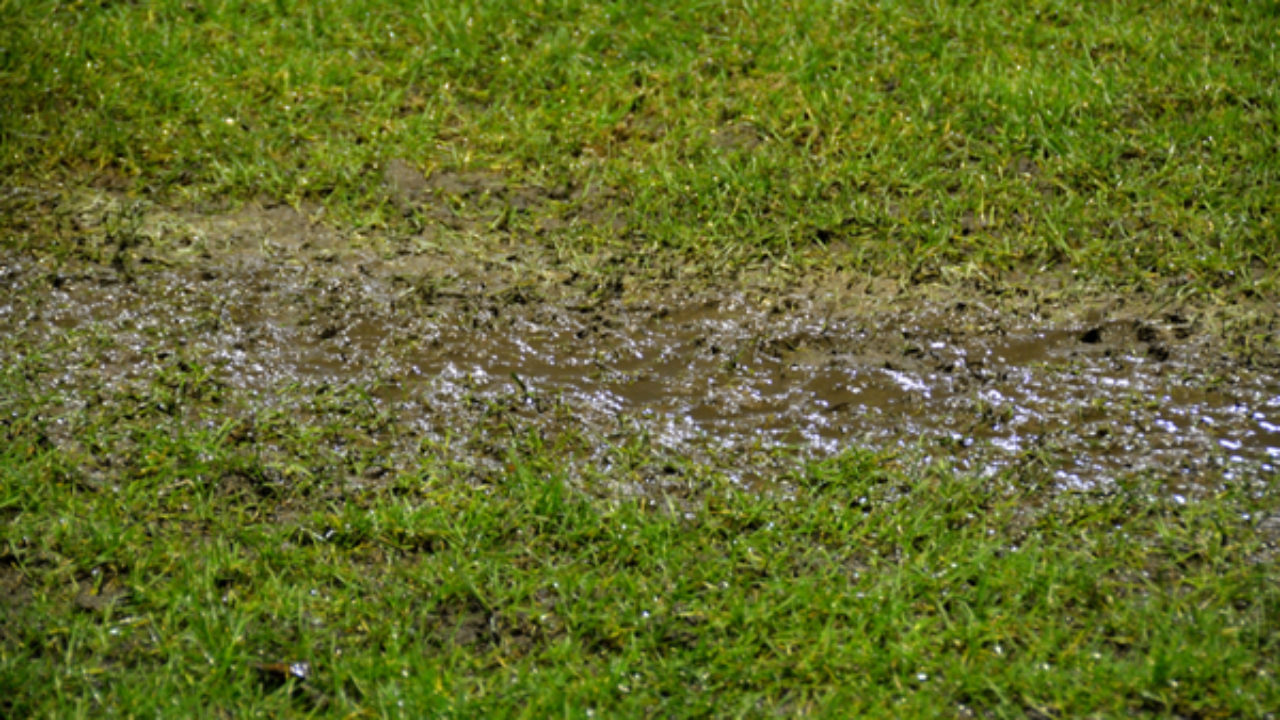Guide To Water Leakage Discovery In Your Home
Guide To Water Leakage Discovery In Your Home
Blog Article
The author is making several good points relating to Locating water leaks overall in the content down the page.

Early detection of leaking water lines can reduce a prospective calamity. Some little water leakages might not be visible.
1. Analyze the Water Meter
Checking it is a surefire means that aids you find leaks. If it relocates, that shows a fast-moving leak. This implies you may have a slow-moving leakage that might even be below ground.
2. Inspect Water Consumption
Analyze your water costs as well as track your water consumption. As the one paying it, you need to see if there are any kind of inconsistencies. If you spot sudden changes, regardless of your usage being the same, it means that you have leakages in your plumbing system. Keep in mind, your water bill need to fall under the same array each month. A sudden spike in your costs indicates a fast-moving leakage.
A constant increase every month, also with the very same practices, reveals you have a slow leakage that's additionally slowly intensifying. Call a plumber to extensively inspect your building, particularly if you really feel a warm location on your flooring with piping underneath.
3. Do a Food Coloring Test
30% comes from commodes when it comes to water consumption. Test to see if they are running correctly. Decline flecks of food shade in the tank as well as wait 10 mins. There's a leakage in between the container and bowl if the color somehow infiltrates your bowl during that time without flushing.
4. Asses Outside Lines
Do not neglect to check your outdoor water lines too. Test spigots by attaching a garden hose. Should water seep out of the connection, you have a loose rubber gasket. Replace this and guarantee all connections are tight. It will certainly assist get it professionally examined and kept each year if you have actually got a sprinkler system. One little leakage can lose tons of water and spike your water costs.
5. Assess the circumstance and evaluate
House owners should make it a behavior to inspect under the sink counters and also inside cabinets for any kind of bad odor or mold and mildew growth. These 2 red flags show a leak so punctual interest is called for. Doing routine examinations, even bi-annually, can conserve you from a major trouble.
Inspect for stainings and also damaging as many pipes and appliances have a life span. If you presume dripping water lines in your plumbing system, don't wait for it to escalate.
Early discovery of dripping water lines can mitigate a prospective catastrophe. Some small water leaks might not be visible. Examining it is a guaranteed means that aids you uncover leakages. One small leakage can lose loads of water and spike your water expense.
If you think leaking water lines in your plumbing system, do not wait for it to escalate.
How to Know If Your Home Has a Hidden Leak
Water Meter Reveals Inexplicable Water Usage
If you’d like to test whether or not there’s a leak somewhere in your home, you can do this using your water meter. Here is how to conduct the test:
Don’t use any water in your home for at least 30 minutes; this also means not turning on faucets or water-using appliances.
Go outside, and check your water meter for activity.
If your water meter shows that there was activity, even though no one was using any water, this proves that there is a leak in your home.Visible Mold or Mildew Growth
Leaks behind walls create moist, dark environments that allow mold and mildew to grow and thrive. Eventually, you might see mold growth forming on the wall closest to a hidden leak.
If mold is growing in an area that receives a high amount of moisture, such as a bathroom, it may simply be an indication that better ventilation is needed. However, if you see mold growth on a wall or the ceiling in an area where you would not expect, you probably have a hidden leak.
Musty, Mildew Odor
Sometimes you might not be able to see the mold or mildew that is growing as a result of a leak. However, the smell can give the problem away just as easily. If you catch a whiff of something musty, there’s a good chance that old water is collecting somewhere in your home that you can’t see.
Stained/Warped Walls, Ceilings, or Floors
When your home soaks up water, a variety of red flags can become visible, including ceiling stains, bubbling drywall, warped walls, and sagging floors. While these issues can be caused by excess humidity, they can also be signs that a pipe or plumbing connection has started leaking behind your walls.
Inexplicably High Water Bill
After a while, you get a general sense for what your water bill should be. If you own a pool or sprinkler system, your bill will tend to be higher during summer. However, if you receive a water bill that seems especially high, and you can’t figure out what caused it, then you may have a hidden leak somewhere that’s increasing your bill.
https://www.plumbingjoint.com/blog/2019/july/how-to-know-if-your-home-has-a-hidden-leak/

Do you like reading about Locating water leaks? Make feedback directly below. We will be glad to find out your ideas about this blog. We are looking forward that you visit us again soon. Do you know anybody else who is inquisitive about the topic? Feel free to promote it. We value reading our article about Detecting hidden plumbing leaks.
Report this page